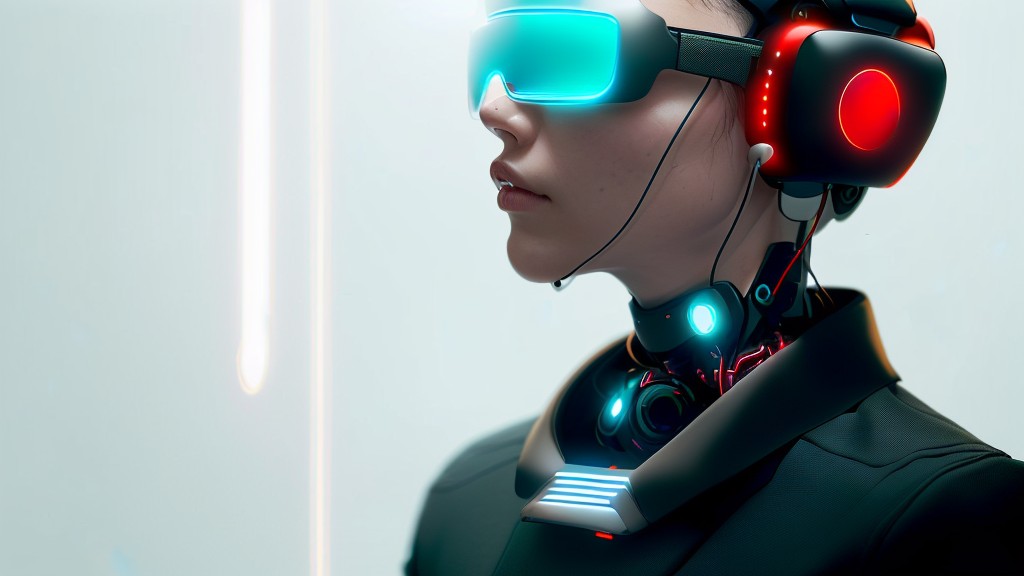
Perplexity Copilot: The New Contender in the AI Chatbot Landscape

Perplexity Copilot: The New Contender in the AI Chatbot Landscape
Buckle up, as we introduce you to the latest competitor in the AI chatbot domain – Perplexity Copilot! This avant-garde AI tool, now accessible at no cost, is all set to rival the leading position of ChatGPT, pledging an enhanced user experience that will captivate your attention.
A defining attribute of Perplexity Copilot is its superior knowledge sourcing capability. It is designed to grasp your inquiries and pull pertinent data from the web, news stories, or even Wolfram|Alpha to furnish all-inclusive responses. This dramatically amplifies its problem-solving aptitude and overall usefulness, paving the way for an enriching AI interaction.
The advent of Perplexity Copilot signifies a thrilling juncture in the progression of AI chatbots. These leaps forward promise a future with even more sophisticated tools at our disposal – tools that understand us better and streamline our lives in ways we never thought possible.
So, are you geared up to explore Perplexity Copilot? We can’t wait to hear your thoughts on this new entrant in the AI chatbot space. Let the discussions commence!




